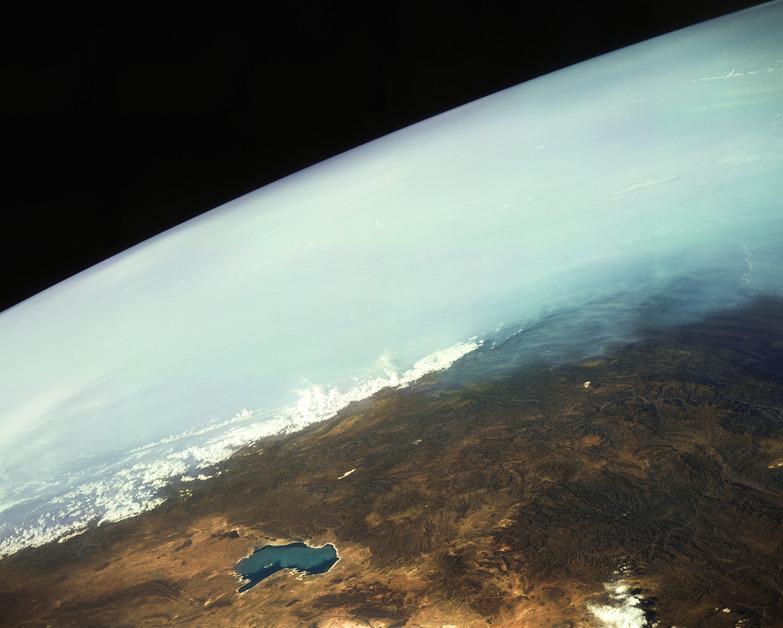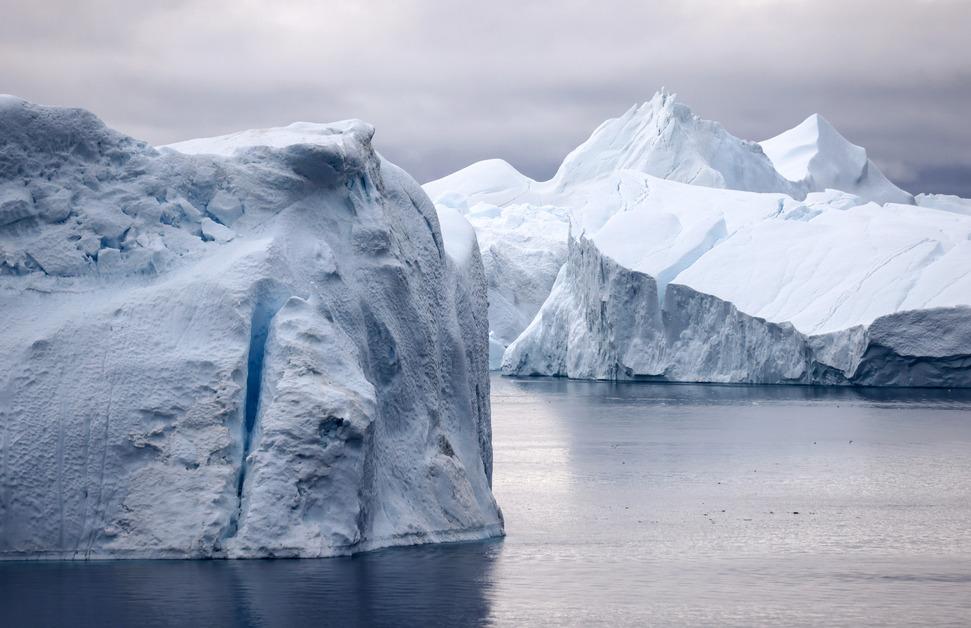Latitude Can Impact Climate in More Ways Than One — Here's How
Updated July 20 2023, 4:58 p.m. ET

Why is it that places like Uganda never seem to cool off, while others — like Antartica — almost never have a day without snow? Or why are the north and south poles both cold, even though only one is north? With increasing attention to weather pattern changes caused by the ongoing climate crisis, you might be curious about which regions are affected by which temperatures and why.
While these are completely valid questions, the question you are really asking is: how does latitude affect climate? Keep reading for everything you need to know, explained.

What is latitude?
As you likely already know, planet Earth exists on a tilt, which is a result of the gravitational pull from the sun and other planets. This tilt contributes to the varying weather patterns worldwide.
When approaching the equator, temperatures are generally warmer because of latitude, or how far north or south of the equator an area is. The equator is where the sun directly hits the Earth, producing some of the hottest temperatures.
Paired with longitude, latitude can give you the exact geographic location of a place on Earth's surface.

There are three climatic zones.
How direct the sun hits a place greatly influences the climate. As latitudes increase, the average temperature cools. Conversely, as latitudes decrease, average temperatures increase.
This can be understood through our planet's three climatic zones: the tropic, temperate, and polar. Similar weather patterns and average temperatures characterize each.
What to know about the tropic zone:
Any area within the tropic zone is within a latitude closest to the equator, between the Tropic of Cancer and the Tropic of Capricorn. These areas receive the most direct sunlight throughout the year and usually only experience two seasons: the wet season and the dry season.

Then there's the temperate zone:
These are the middle latitudes where most of the planet's population lives and are the entire area between the tropical zones and arctic circles. This zone is the only one with all four seasons: spring, summer, winter, and fall.
And finally, there's the polar zone:
The Arctic and Antarctica, also known as the South and North Poles, are the polar regions with the coldest temperatures. These regions have the coldest temperatures because they receive the least direct sunlight. They're at the highest latitudes, and thus, they have distinct climates.
Therefore, you can see how latitude influences climate. It's directly related to how much sunlight it will receive over a year, which determines the average temperature and seasonal variation.

Latitude and climate change:
As we continue to experience the effects of global warming, areas like the polar zone are observing unprecedented high temperatures. This has led to glacier melting and species loss. Heat is released into the atmosphere as the ice caps melt, increasing the average temperature worldwide and disrupting the polar jet stream.
In the temperate zones, defined seasons are changing. Warmer temperatures earlier in the year have changed what was once spring into an early summer. Some scientists believe this is a shift from four seasons to possibly a future of just two.